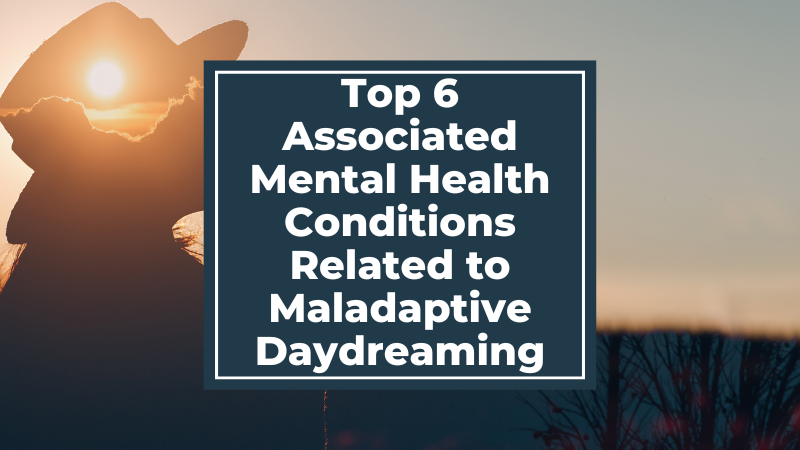Daydreaming addiction is a condition that affects many individuals. Recently, it has been referred to as maladaptive daydreaming, however, maladaptive daydreaming has yet to be recognized by the psychiatric community as an official disorder. Many debate whether it deserves to be its own disorder, or if it is a...
What Does It Mean If I’m Addicted to Dreaming?









Recent Comments